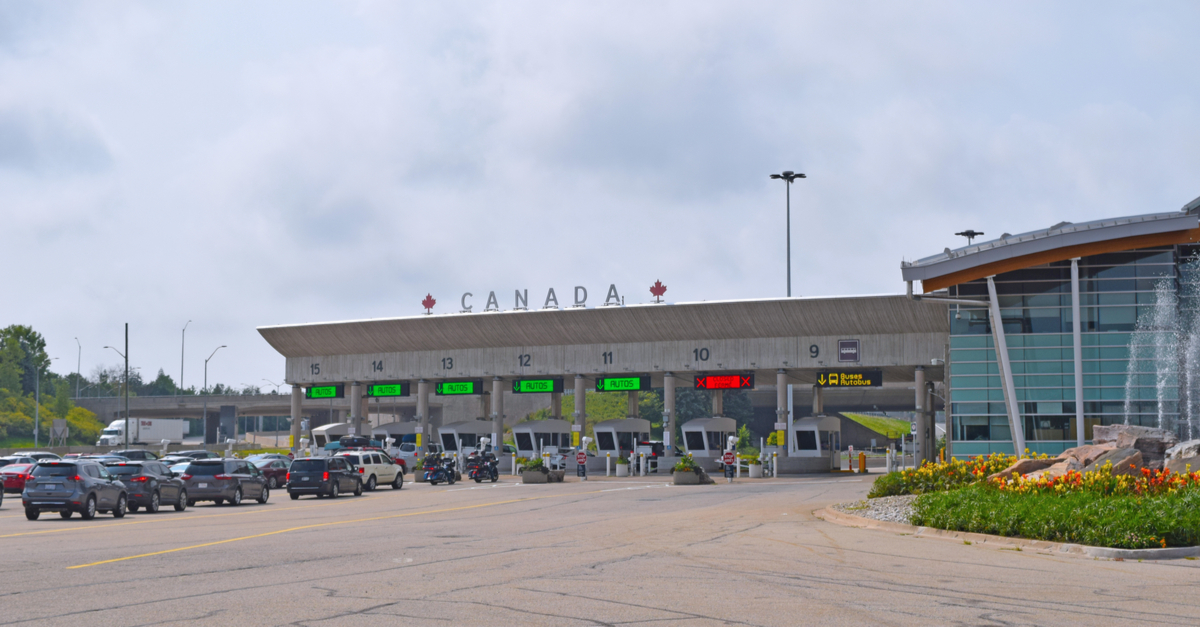CEC accounts for about 1/3 of the new permanent populace
Did you know that CEC was guiding the path for new permanent residents? One hundred and thirty thousand five hundred fifty-five inhabitants landed under this program, being 32% of the entire 2021 immigrants. And from the 2019 30,000 people (9%) that the CEC accounted for, you can tell that 2021 was an improvement year for CEC.
As we entered 2021, IRCC believed that it would heavily rely on the CEC to achieve its set target of 401,000. So, if you didn’t know, here’s what the department did; The IRCC went to great lengths of inviting the entire 27,332 CEC candidates on 13th February 2021 in the Express Entry pool. In Express Entry’s history, this move was by far the most outstanding draw. But do you know why it was exceptional? Because it saw approximately five times additional invitations provisioned versus the previous record. It also saw the lowest Comprehensive Ranking System score prerequisite since the 2015 launch of the Express Entry.
Our sources cite that IRCC landed 8320 people only under the 2021 Federal Skilled Worker Program (FSWP). And the FSWP was the principal program for fresh central economic class landings during the pre-pandemic period. 2019 saw Canada landing 58760 settlers under the FSWP.

We can now attribute last year’s decline to IRCC’s function of prioritizing other applications from within Canada and CEC. The new IRCC data that we received points out that FSWP processing of applications has increased since December. Today, IRCC is finalizing 800 FSWP average applications every week.
Last year, our sources suggested that the Provincial Nominee Program accounted for 53,960 landings. We have seen the PNP being utterly operational throughout the pandemic while the IRCC, the territories, and provinces held usual invitation rounds.
The temporary TR to PR program helped an additional 23,885 individuals land in Canada. This information tells you that IRCC is yet to complete the bulk landing of some 90,000 individuals who had applied in 2021.
Last year, partners and spouses comprised 64,120 landings and became the leading group within the family class landings.
So, where did Canada’s newcomers land?
You might be wondering where these new immigrants landed. Here is the thing. 49% of the entire new immigrants last year landed in Ontario. This share was higher than the 45% it landed in 2019. You can get more explanation on this from IRCC’s dependence on the CEC since most of these candidates live in Ontario.
BC also benefited from IRCC’s dependence on CEC as it landed 17% of the total new immigrants versus its 2019 15%.
Quebec secured the third position with more than 12% of the total 2021 landings, with Alberta following closely with around 10%. While Quebec’s maintained its share of 2019, Alberta’s share from the 13% it landed in 2019. If you wonder why Alberta featured a lower percentage, it was primarily because it failed to land as many foreigners as BC and Ontario under the CEC. And this explanation also applies to the fall of Saskatchewan and Manitoba’s national shares.
What about the Atlantic region? It also experienced a decline in its national share because they usually rely on the Atlantic Immigration Pilots and the PNP for their arrivals. Conversely, Nova Scotia set a provincial record after landing more than 9000 newcomers last year.

And where were Canada’s immigrants’ origins?
If you didn’t know, Canada’s new immigrants’ top source nations are the same as those before the pandemic, with India maintaining its leading source position accounting for approximately 1/3 of 2021 landings versus 25% in 2019. A potential explanation of this proportion is the high CEC landing numbers. India has been the primary source of Canada’s international learners, and most of them finally earn permanent residence via the CEC.
Here is IRCC’s January to November data that might interest you about the top 10 countries;
- India with 32%
- China with 8%
- The Philippines, with 4.3%
- Nigeria with 3.8%
- France with 3.2%
- The USA with 3%
- Brazil with 2.9%
- Iran with 2.8%
- South Korea with 2.1%
- Pakistan with 2%






